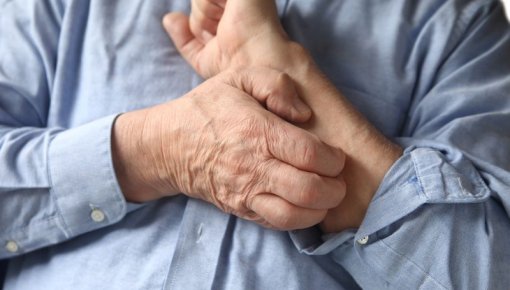Ciclosporin suppresses the immune system and has long been approved in Germany for the treatment of eczema. A number of studies have shown that it can effectively relieve rashes and itching.
Ciclosporin is taken in the morning and/or evening, at the same time every day if possible. It's important to know that ciclosporin shouldn't be taken together with grapefruit or grapefruit juice. The dose is determined based on your body weight, and is reduced as soon as the eczema starts to improve. The duration of treatment will depend on how well the medication works. It usually takes between two and six months.
The possible side effects of ciclosporin include swollen gums, gastrointestinal (stomach and bowel) problems and tingling or pins and needles, particularly in the hands and feet. Ciclosporin suppresses the immune system, so it may increase the likelihood of getting infections such as acute bronchitis.
Ciclosporin may also put a strain on your kidneys and increase your blood pressure, so your kidney function and blood pressure have to be checked regularly during treatment with this drug. If anything abnormal is found, the dose can be reduced or you can stop taking it. Your kidney function and blood pressure will usually return to normal then. But the risk of permanent kidney damage increases if ciclosporin is used for longer than six months.
Ciclosporin shouldn't be combined with light therapy because this can increase the risk of non-melanoma skin cancer. It also shouldn't be used by people who have already had many years of light therapy.
Because ciclosporin can interact with other drugs, it's important to let your doctor know about any other medication you are using before you start taking ciclosporin. This is also true for herbal products. For instance, St. John's wort can weaken the effect of ciclosporin.

